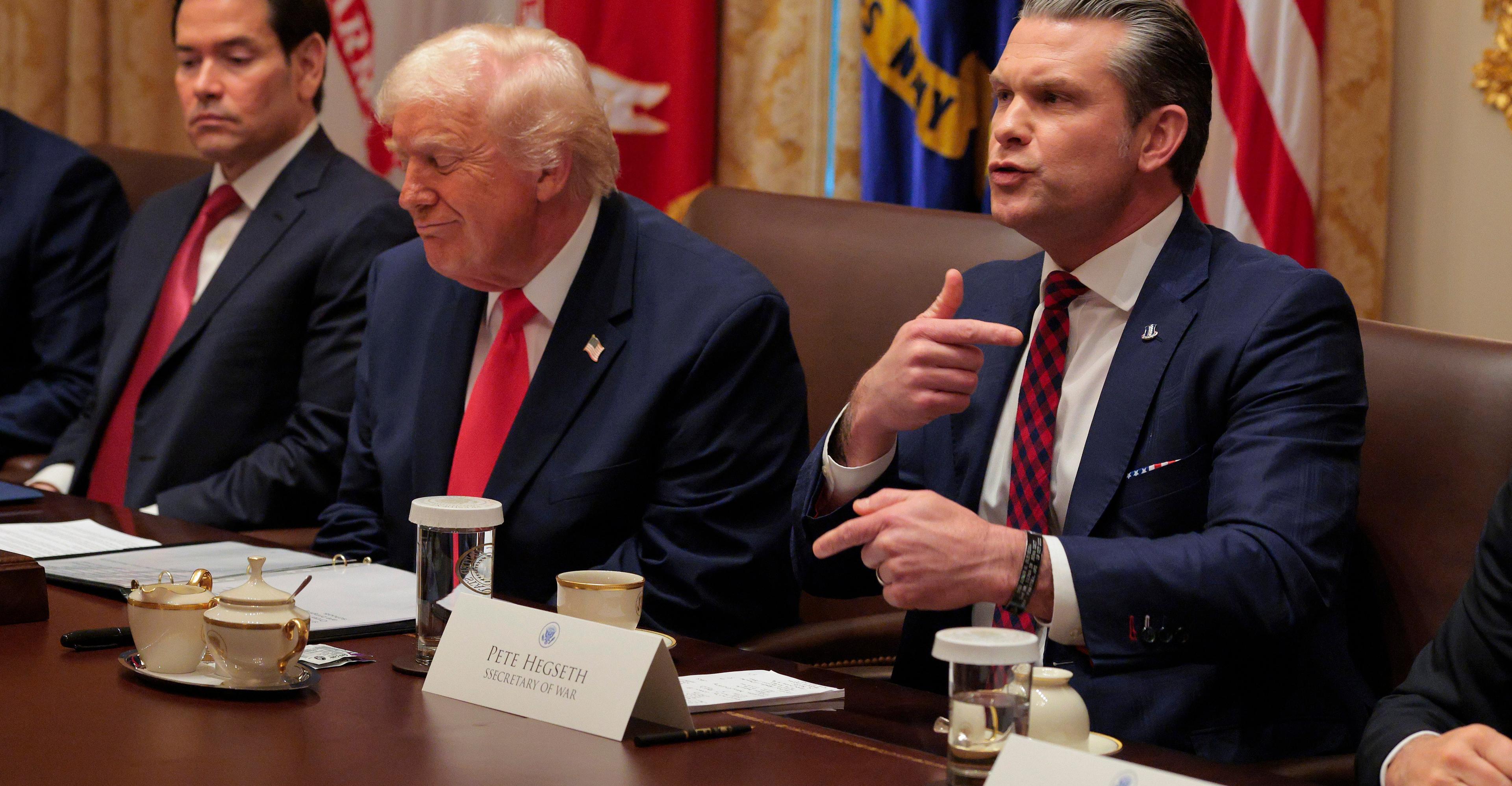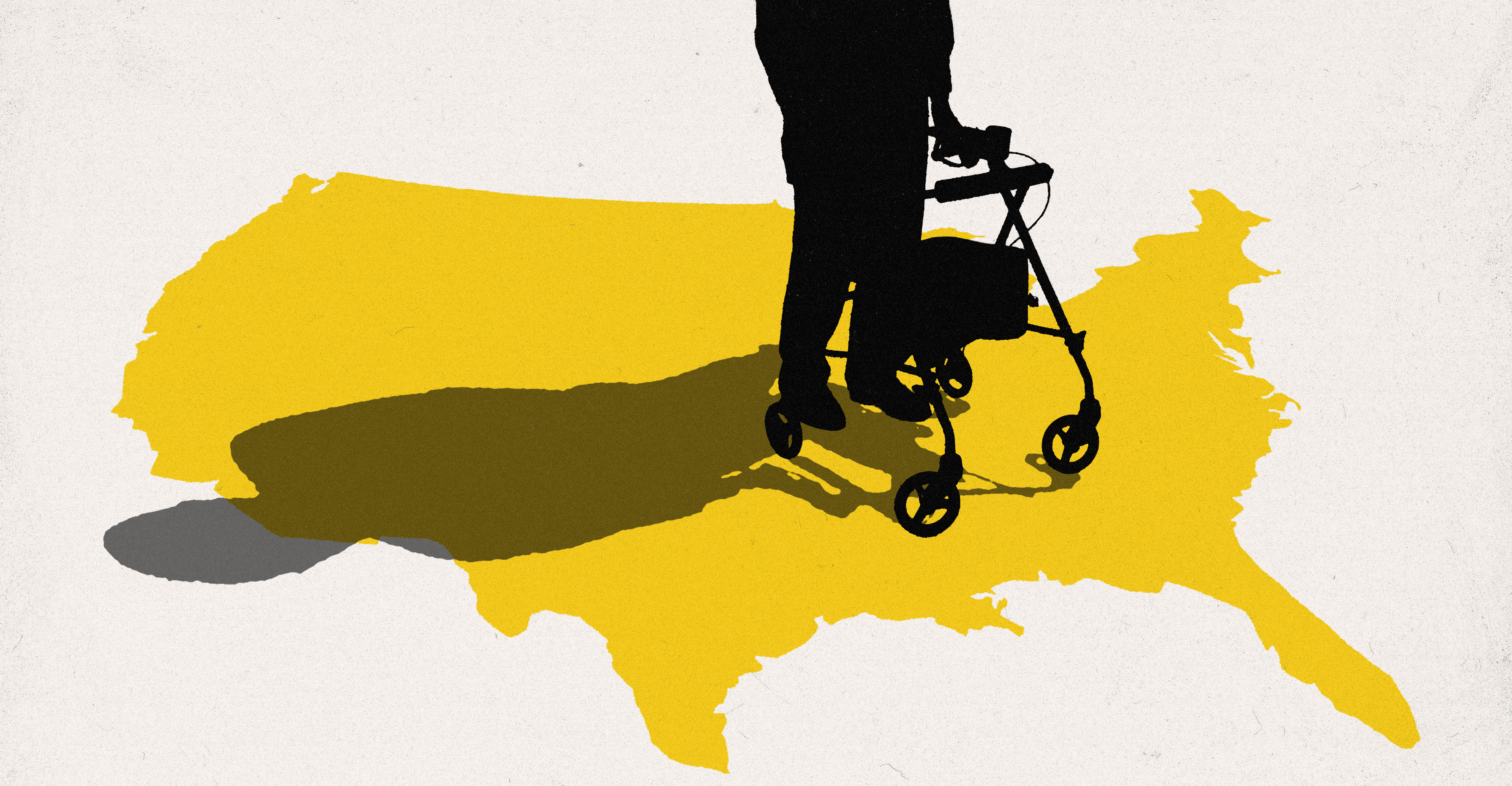When I began planning this newsletter, I thought through what kind of antipoverty solutions I’d want to dig into, from expanding programs like the child tax credit to proposing new, ambitious policies like baby bonds. But then I thought about how the United S…

Published a year ago on Oct 28th 2024, 12:00 pm
By Web Desk

When I began planning this newsletter, I thought through what kind of antipoverty solutions I’d want to dig into, from expanding programs like the child tax credit to proposing new, ambitious policies like baby bonds.
But then I thought about how the United States already has a lot of antipoverty programs in place. So before focusing on what more the country ought to try, I wanted to ask a simple question: Could the US significantly reduce poverty even if lawmakers don’t create a single new program?
The answer, it turns out, is yes — and by a lot.
One of the biggest problems with many of America’s antipoverty programs — like Medicaid, food stamps, unemployment benefits, and housing vouchers — has nothing to do with the programs themselves but with how state and federal governments choose to administer them.
Put another way, there are millions of Americans who are eligible for existing welfare programs but still don’t receive all the benefits they are entitled to.
“We have a huge array of different programs with the primary goal of reducing poverty and increasing income and economic security among [people], especially among families with children,” said Pamela Herd, a social policy professor at the University of Michigan. “But the way we’ve implemented those programs is fundamentally undermining that goal.”
Herd is alluding to the administrative burden that’s attached to many welfare programs — obstacles that make it hard to receive benefits. (She’s written a book about this.) These barriers often look like lengthy and confusing applications that require troves of documents to prove that an applicant is indeed eligible, seemingly never-ending waitlists, work requirements, interviews, and a whole learning process to figure out which programs you ought to apply for and how. There are some programs that many would-be recipients don’t even know exist.
“Are you even aware that there’s a program out there, for example, to help you pay for your heating in the winter and your cooling in the summer so that your electricity isn’t shut off or your heating and cooling isn’t shut off?” Herd said.
Politicians often justify these administrative burdens by saying they root out fraud, although sometimes they’re designed with the explicit purpose of reducing the number of people who receive benefits. But if lawmakers are serious about lifting people out of poverty, clearing unnecessary obstacles out of the way of existing welfare programs would be a good start.
How removing administrative burdens would reduce poverty
As the journalist Annie Lowrey put it in 2021, administrative burdens are a “time tax … a public-policy cancer, mediating every American’s relationship with the government and wasting countless precious hours of people’s time.”
And the poorer and more marginalized you are, the more likely you are to spend many days, weeks, and months jumping through hoops to get the federal assistance you’re already entitled to.
For instance, “Most people with employer-based [health] coverage don’t actually even realize that their coverage is subsidized by the government because we don’t have to do anything to access that subsidy,” Herd said. By contrast, people eligible for Medicaid — the primary means through which the federal government gives health coverage to low-income populations — have to face many hurdles before they get insured.
“Look at how difficult it is to access the Medicaid program … tons of documentation, enrollment processes — people get kicked off all the time because they don’t do one of those 100 steps they’re supposed to do,” Herd said. “And then you have to do it pretty much every year.” (For reference, 21 percent of federal health insurance subsidies go to employer-based coverage, and Medicaid gets about 25 percent.)
Fixing administrative burdens and streamlining the process of distributing subsidies would significantly reduce poverty. A report by the Urban Institute, which looked at a hypothetical situation in which everyone eligible for certain assistance programs actually received benefits, found that overall poverty would fall by 31 percent and child poverty would drop by 44 percent.
Of course, if the federal government figures out a way to make its social programs perfectly efficient, it will have to address another problem: Many programs that already exist aren’t properly funded. Housing vouchers, for example, are severely underfunded, serving fewer households than they did two decades ago despite the fact that the number of eligible households has grown. (Funding is a problem we’ll address in a future issue.)
How lawmakers could remove administrative burdens
It doesn’t take a stretch of the imagination to picture a world in which Americans can receive the benefits they’re eligible for without much of a hassle. For starters, a model already exists: Social Security, the country’s most successful antipoverty program, is extremely efficient in delivering benefits to retirees, in part because it’s much easier to apply for those benefits than for other programs.
“The really interesting thing about that [retirement] program is that basically everyone who’s eligible receives those benefits, and there’s almost no fraud in the program,” Herd said. “We’ve designed that program in such a way so that it is not burdensome for participants.”
Just a few years ago, during the Covid-19 public health emergency, the federal government made it easier to enroll in Medicaid mostly by keeping people in the program instead of requiring them to apply every year. Part of the reason many people lose Medicaid insurance is not because they’re no longer eligible, but because they may have gotten something wrong or incomplete on the forms. “Seventy percent of people losing coverage are losing coverage for what they deem procedural reasons, which are like paperwork problems, basically,” Herd said.
But since the public emergency ended and states started requiring recipients to recertify each year, millions of people have lost their insurance.
It might not seem like fixing this is politically feasible, even though the majority of Americans support easing administrative burdens. That’s because Republicans often deride public programs, intentionally make it harder to receive benefits, and put rules in place that are proven to fail, like work requirements. Still, some Democrat-controlled states have just as, if not more, difficult application processes for welfare recipients. California’s food stamp program, for example, has one of the lowest participation rates in the country. What’s their excuse?
This story was featured in the Within Our Means newsletter. Sign up here.
Renowned motorcar stuntman Sultan Golden breaks two world records
- 3 hours ago
Erdogan warns Black Sea should not be ‘area of confrontation’ after strikes
- 6 hours ago
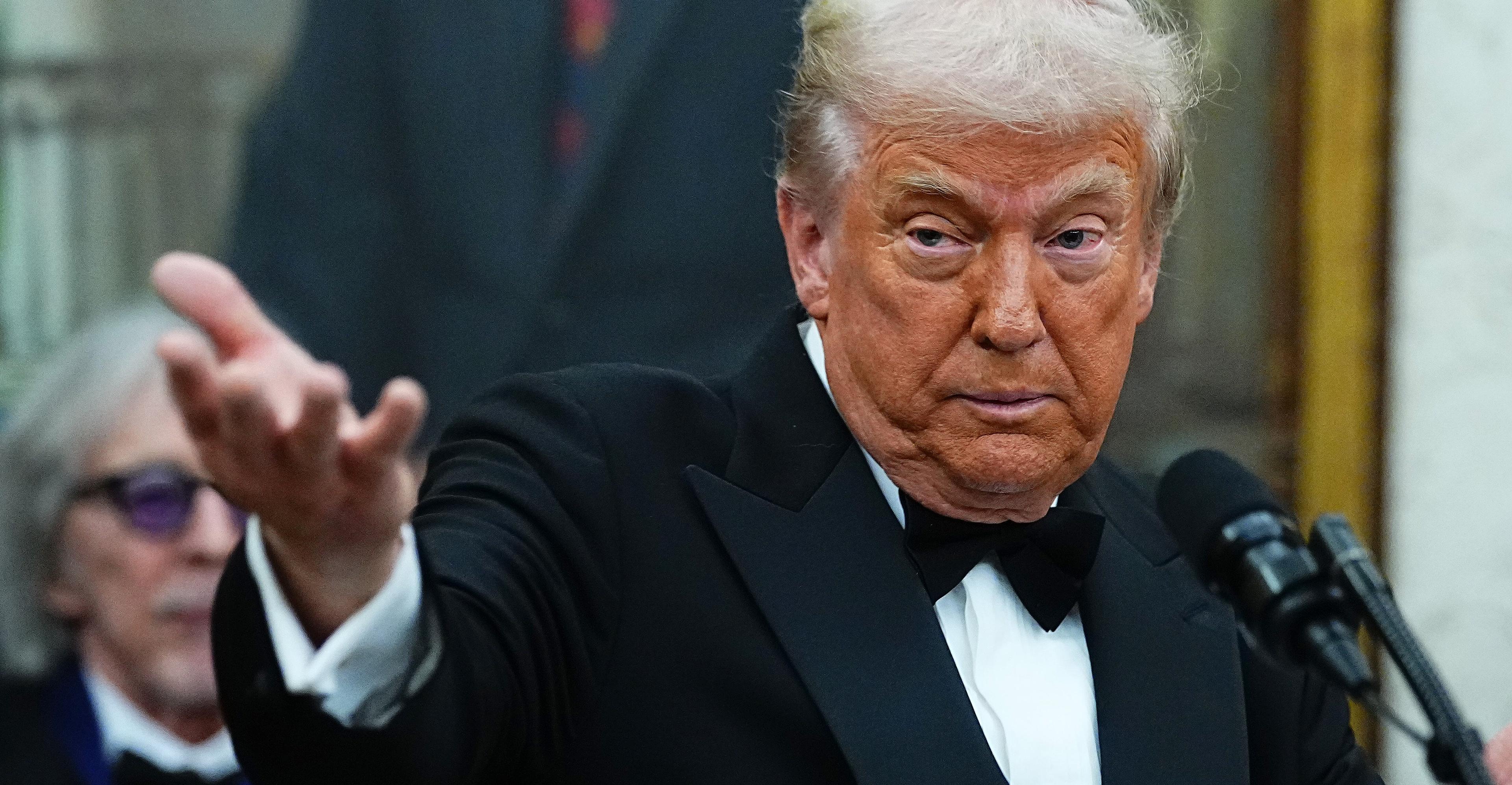
The Kennedy Center Honors continue Trump’s vengeance on liberal Hollywood
- 17 hours ago
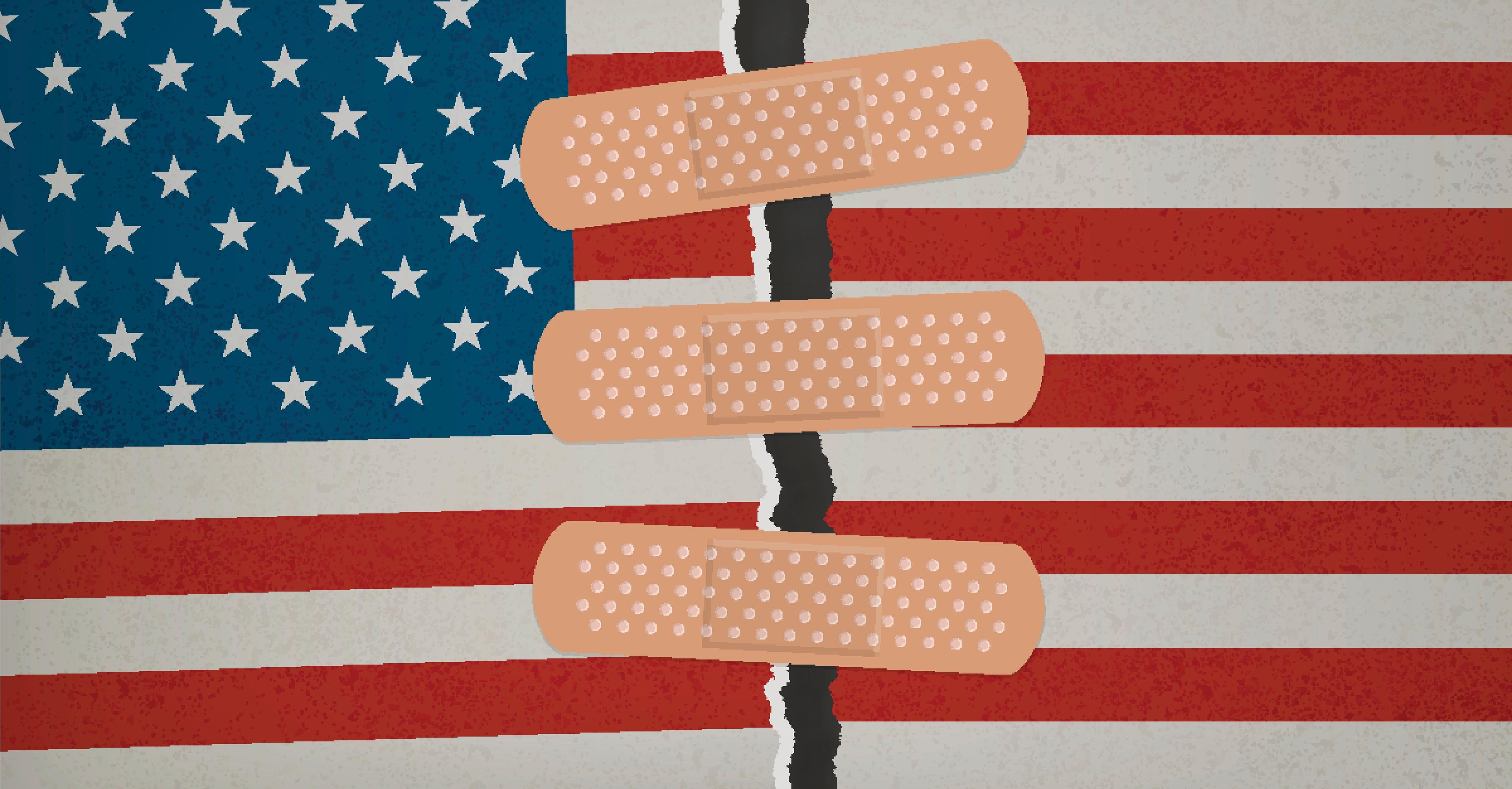
Blame Republicans for our health insurance mess
- 17 hours ago

The alarming rise in antibiotic use by the meat industry
- 17 hours ago

Donald Trump reminds the entire world he has no idea what 6G means
- 19 hours ago
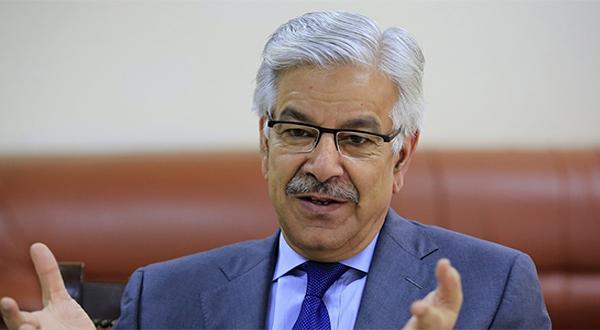
Anti-state elements to be held accountable: Kh Asif
- 2 hours ago
Pakistan Army remains focused on internal, external challenges: Field Marshal
- 7 hours ago
A great night for Kent, but another stain on the Hall of Fame
- 7 hours ago

Gold prices plunge in Pakistan, global markets
- 6 hours ago
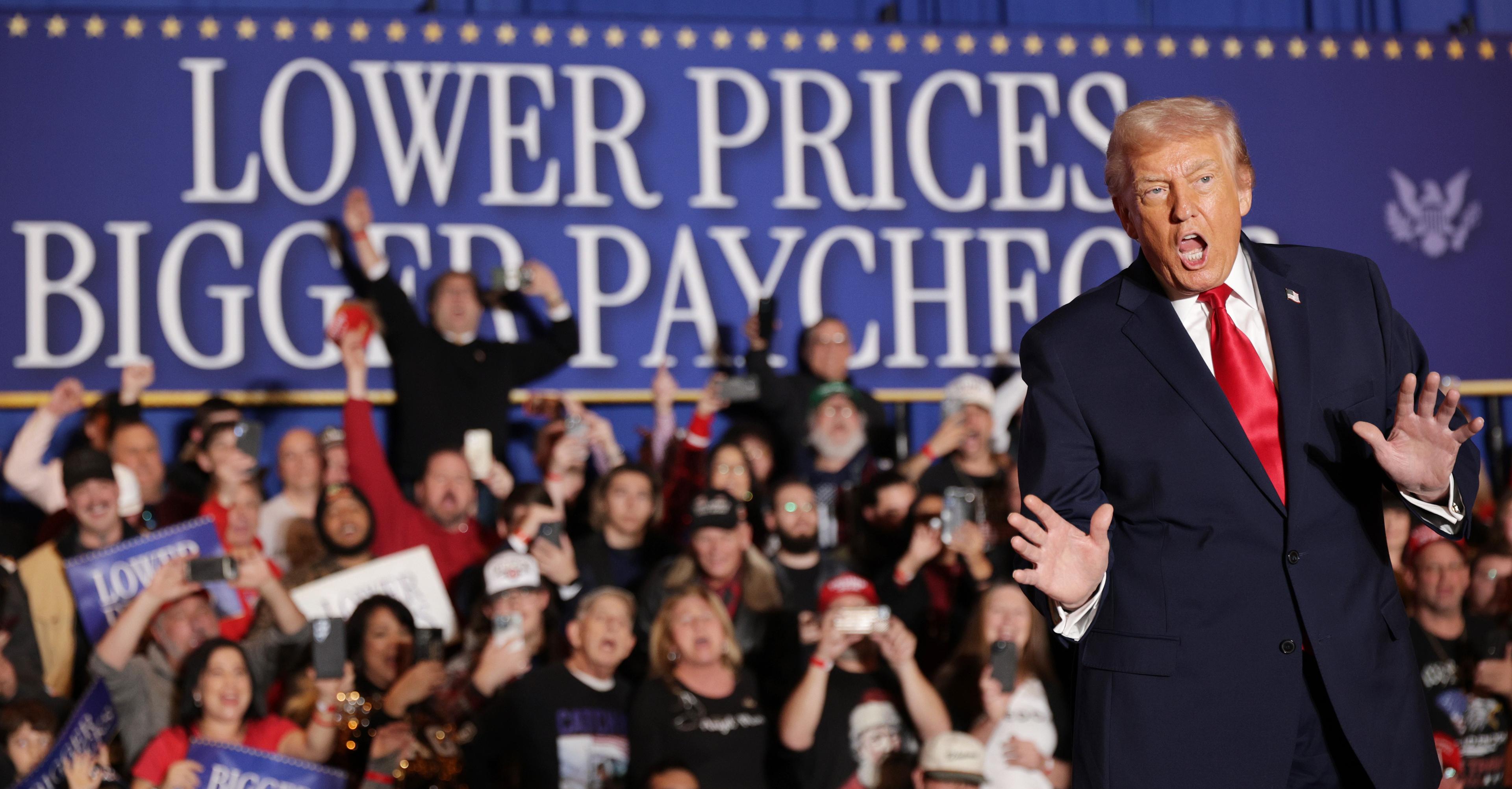
3 theories that explain Trump’s collapsing support
- 17 hours ago

Tremors felt in Balochistan's Barkhan, surroundings
- 2 hours ago
You May Like
Trending




